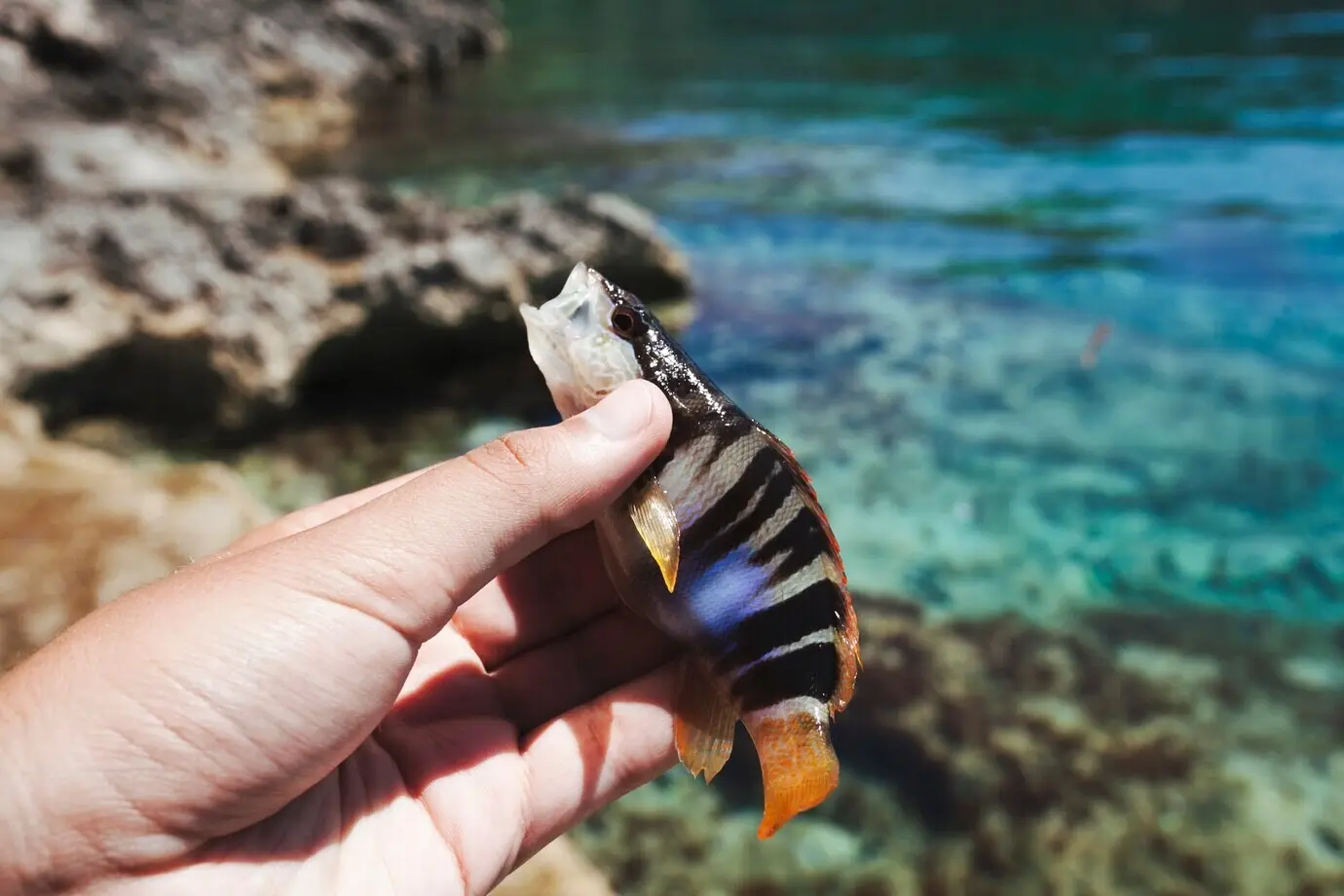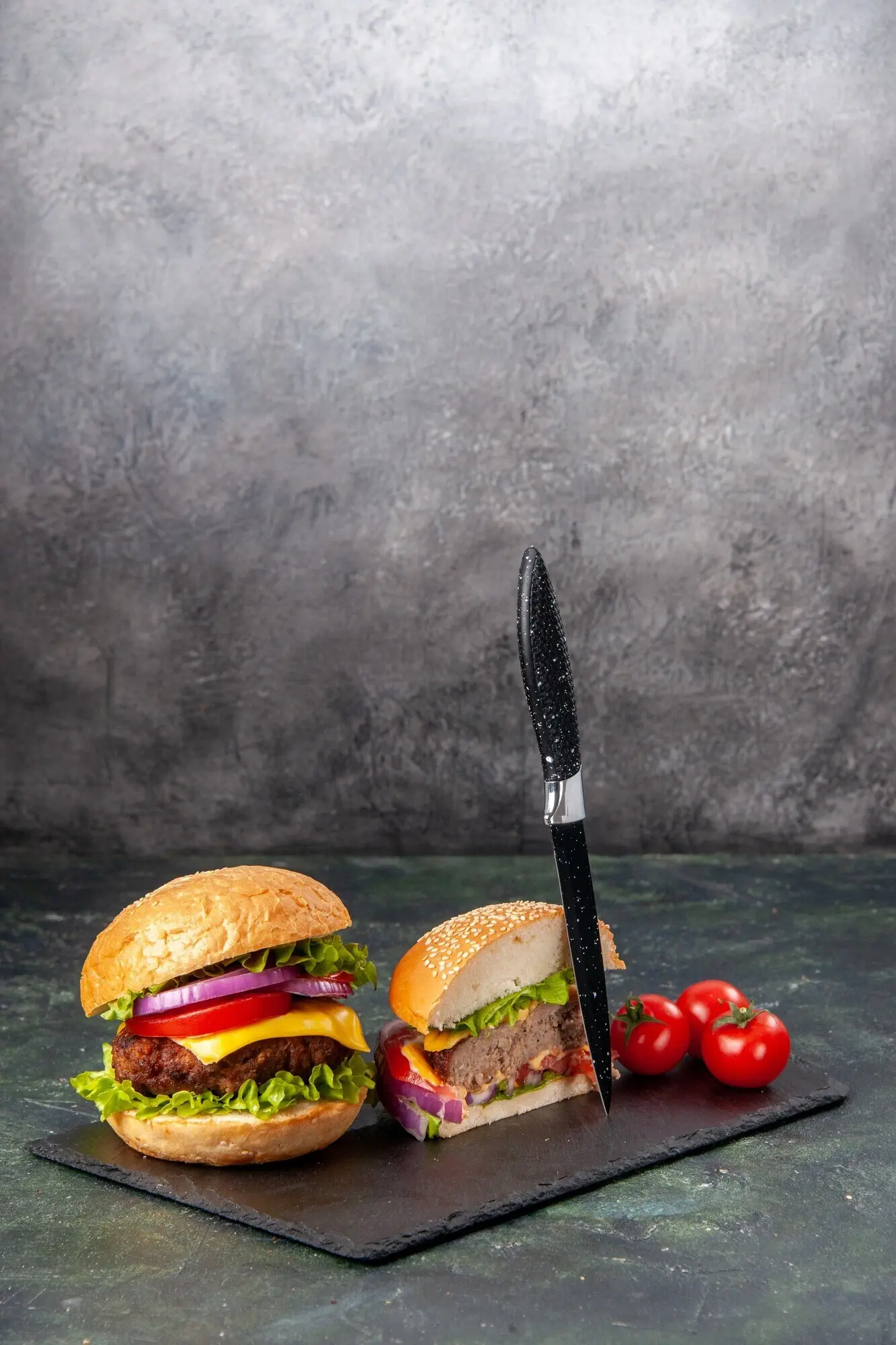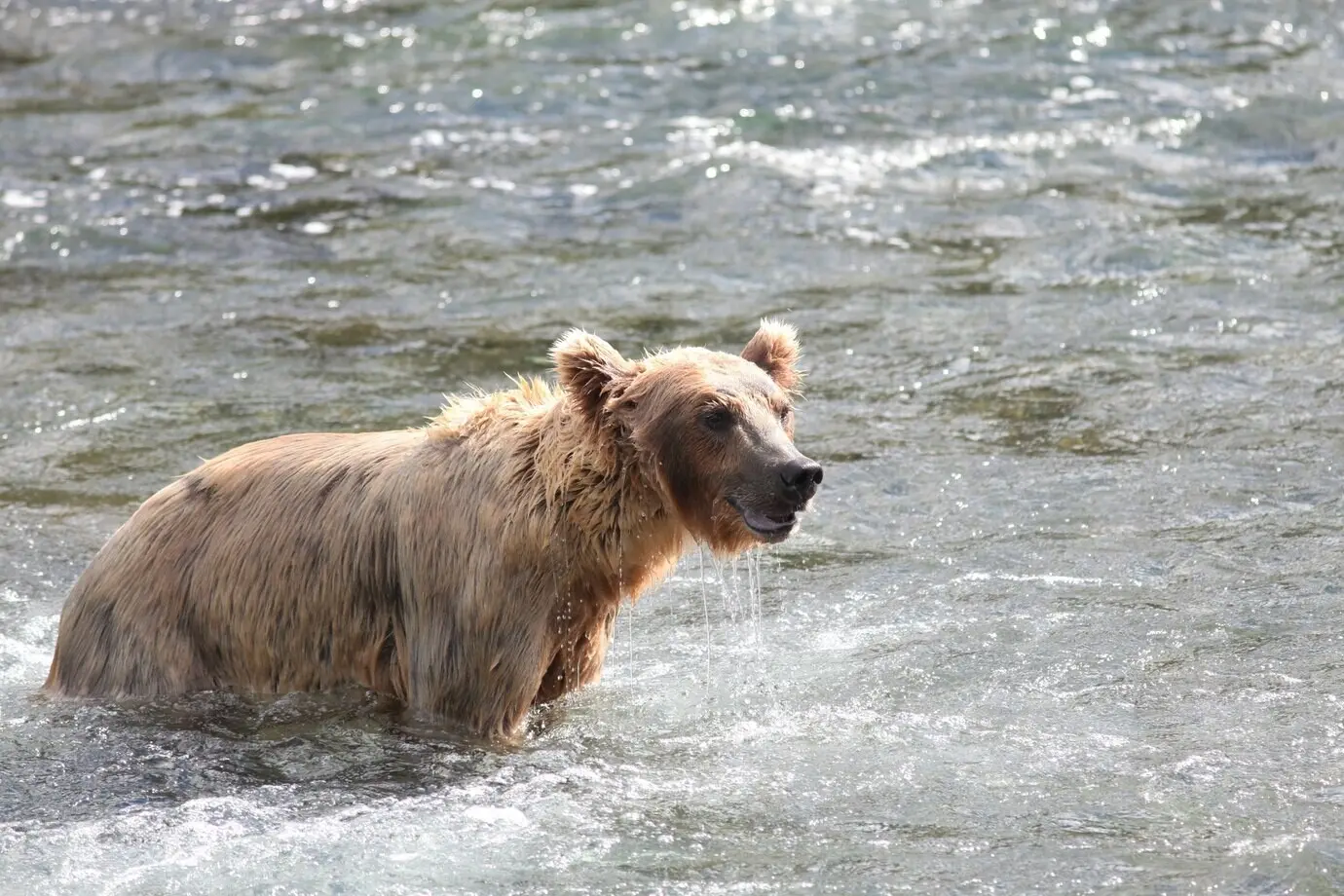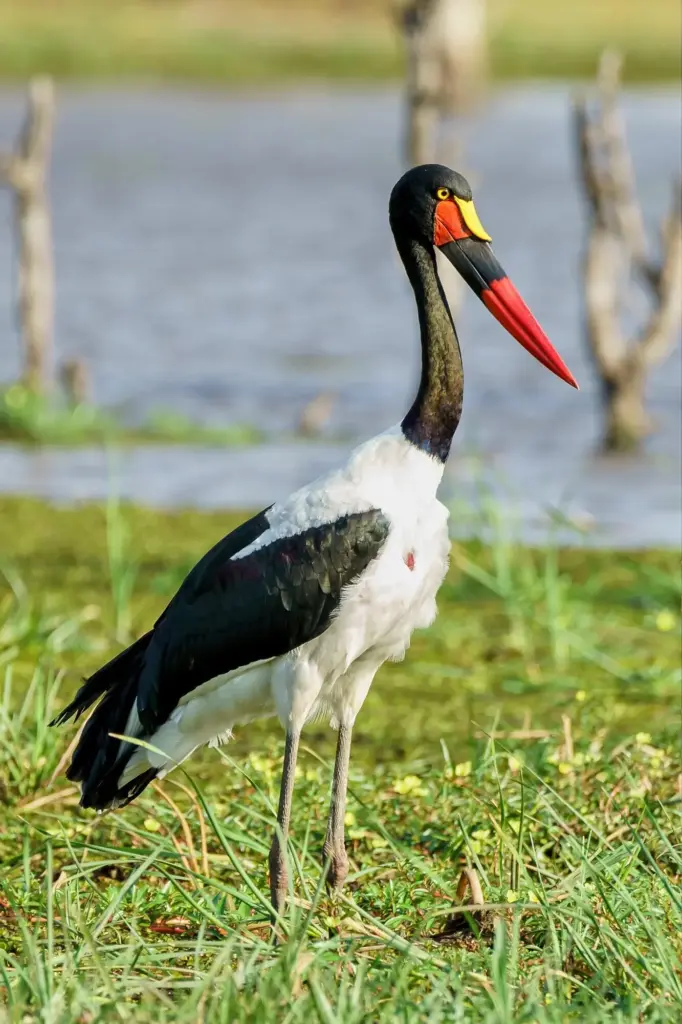Precision Tackle for Bass, Trout, and Pike
Today we dive into species-specific tackle for bass, trout, and pike, translating behavior and habitat into smart gear decisions. Expect clear guidance on rods, reels, lines, leaders, and lures, plus field-tested rigs and stories that show why small choices land bigger fish. Pack confidence, trim mistakes, and fish with intention from your first cast.


Ambush vs. Cruise: Approaching Largemouth and Smallmouth Bass
Bass punish mistakes but reward precision. Largemouth hunker in grass, pads, and wood, demanding abrasion-resistant line, weedless rigging, and rods with fast tips for instant power. Smallmouth roam, preferring current seams, rock, and baitfish movement, inviting natural presentations on lighter lines. Match lure profile to forage, keep contact with cover without burying hooks, and use gear ratios that catch up when a fish bolts toward you after the strike.
Current, Clarity, and Trout Selectivity
Trout judge everything: diameter of line, sheen of metal, speed of drift. In clear water they spot errors easily, so stealth starts with thin fluorocarbon leaders and natural hues. Read flow lanes like a map, aiming your presentation where food naturally funnels. Maintain dead drifts for nymphs, subtle twitches for spinners, and clean mends that keep lures believable. When in doubt, downsize hardware and extend leaders to earn wary takes.

Bass Pairings: Fast Tips, High-Gear Reels, and Control
For jigs, Texas rigs, and frogs, a medium-heavy to heavy rod with a fast tip transmits bottom feel yet hammers hooks home. Baitcasting reels in the 7:1 to 8:1 range recover slack instantly, turning a bite into control before fish bury deeper. Prioritize solid braking systems and rigid frames. When throwing moving baits, drop to moderate-fast and slightly slower reels for more forgiveness, smoother load-up, and better hookup ratios on treble hooks.

Trout Balance: Moderate Actions and Smooth Drags
Trout tackle thrives on balance. Ultralight to light rods with moderate actions protect delicate hooks and light tippets while still transmitting subtle taps. Pair with 1000–2500 size spinning reels featuring buttery startup drags that won’t pop fine leaders. Keep spools filled properly for clean casts with small lures. Longer rods help mend line and control drifts, while shorter handles enhance precision in pocket water and tight canopies where accuracy beats distance.

Pike Muscle: Heavy Blanks and Brick-Strong Gearing
Big baits create big torque, so step into heavy or extra-heavy rods with comfortable handles that spread load through your forearm. Choose baitcasters with reinforced gearing or spinning reels in the 4000–5000 range offering stout drags and generous line capacity. Smooth power matters more than max numbers. Handles should feel confident under pressure. Longer rods assist sweeping hooksets with wire or thick fluorocarbon leaders, turning devastating strikes into well-managed, decisive fights.
Lines, Leaders, and the Invisible Edge
The right connection vanishes to fish yet stays strong for you. Braided mainlines cut vegetation and transmit feel, fluorocarbon adds stealth and abrasion resistance, and nylon cushions sudden surges. Leader choices transform outcomes: thin for discriminating trout, guarded for toothy pike, and versatile for bass around complex cover. Spend time here, because the best rod and lure mean little if your line telegraphs danger or fails at the crucial moment.
Braids and Fluoro for Bass Around Cover
In thick grass or timber, braid from 30–65 lb delivers slicing power and immediate sensitivity, revealing the difference between leaves and bites. Add a fluorocarbon leader when visibility rises, tailoring diameter to abrasion and lure action. Short leaders resist scuffs near cover; longer leaders refine presentation in clearer water. Tie strong, compact knots that guide through guides without snagging. When fish surge, keep steady pressure, trusting the system to hold and turn.
Finesse Lines for Clear, Cautious Trout
Thin line unlocks natural drift. Spool 2–6 lb nylon or 4–6 lb fluorocarbon main, then taper leaders to match clarity and fly or lure size. Fluorocarbon’s refractive qualities and abrasion resistance help in rocky runs, while nylon’s stretch softens headshakes. Keep knots wetted and symmetrical, trim tags flush, and retie after each fish or snag. When trout grow selective, extending leader length often works better than changing baits or colors repeatedly.
Wire and Heavy Fluoro That Pike Can’t Slice
Pike punish complacency, so choose 20–40 lb titanium or steel wire for confidence without kinks, or 60–100 lb fluorocarbon when extra stealth matters. Crimps and figure-eight knots must be impeccable, with hardware sized to avoid choking lure action. Check for nicks after every encounter, and replace at the first sign of abrasion. Slightly longer leaders guard against roll-overs during boatside figure-eights, where many heart-pounding attacks explode from nowhere and test every component.

Bass Confidence Picks: Jigs, Texas Rigs, and Topwater
Bottom-oriented jigs and Texas rigs probe edges, holes, and hard spots, translating taps into hooksets with minimal delay. In low light or over matted grass, frogs and waking baits draw thrilling blowups. When fish miss, pause, then follow with a stickbait to convert. Keep colors simple—green pumpkin, black-blue, shad—and adjust weight to maintain contact without wedging. Add rattles in filthy water, silent in clear. Let cover dictate weed guards and hook styles.

Trout Staples: Spinners, Spoons, and Flies
In broken water, compact spinners flash without spooking, while slender spoons cover depth changes efficiently. Match weight to current so blades turn steadily and spoons wobble naturally. For fly gear or spin-to-fly rigs, carry nymphs, emergers, and dries aligned to local hatches. Grease leaders for dry drifts, split shot for nymphing, and swing soft hackles during evening rises. When trout follow but refuse, downsize by one step or change to subtler finishes.
Heat, Grass, and Aggressive Bass
Summer pushes bass deeper into shade and weeds. Frogs, punching rigs, and deep cranks shine when oxygen and bait concentrate. Use braid to slice vegetation and high-speed reels to win short battles. In clear lakes, finesse dropshots and Neko rigs pick off pressured fish lingering near edges. Dawn and dusk expand topwater windows, while mid-day calls for precise casts into holes. Keep a thermometer handy; even two degrees cooler can signal the winning lane.
Hatches, Flows, and Temperamental Trout
Trout track insects, temperature, and flow stability. During hatches, match life stages and sizes rather than chasing exotic colors. After storms, shift to brighter spinners or heavier nymphs that hold in turbulent seams. Cold mornings reward slow retrieves and deeper lanes; warming afternoons lift fish toward riffle lips. Extend leaders as visibility improves, and swap to barbless hooks when catch-and-release matters. Record water temps, insect notes, and catch times to expose repeatable patterns worth trusting.
Cold, Weeds, and Roaming Pike
Pike tolerate cold and patrol edges where bait concentrates. In spring, target warming bays with emerging weeds; in fall, chase bait balls near drop-offs. Slow-roll big spinnerbaits or glide swimbaits with deliberate pauses that invite ambush. Increase leader length around jagged cabbage and check hooks often. When fronts flatten activity, downsize slightly and focus on windows around midday sun. Keep hands warm and tools ready; efficient handling protects both fish and anglers.
Field Notes, Mistakes, and Lessons Worth Keeping
Real days on real water explain gear choices better than any chart. Missteps teach quickly: a missed bass because the reel was too slow, a broken trout tippet from a sticky drag, a pike severing inadequate leader. These moments refine decisions and build calm under pressure. Share your stories, ask questions, and subscribe for trip-tested updates that focus on clarity, not hype, so your next cast benefits from hard-earned experience.
All Rights Reserved.